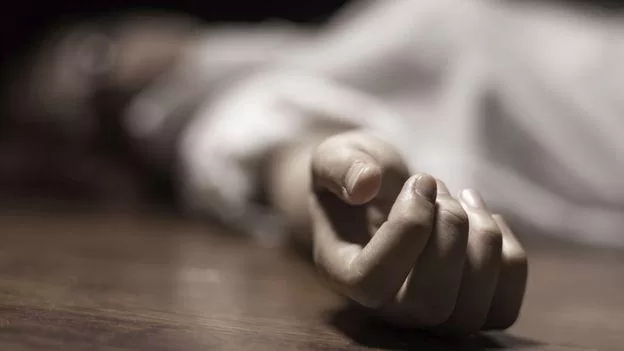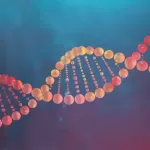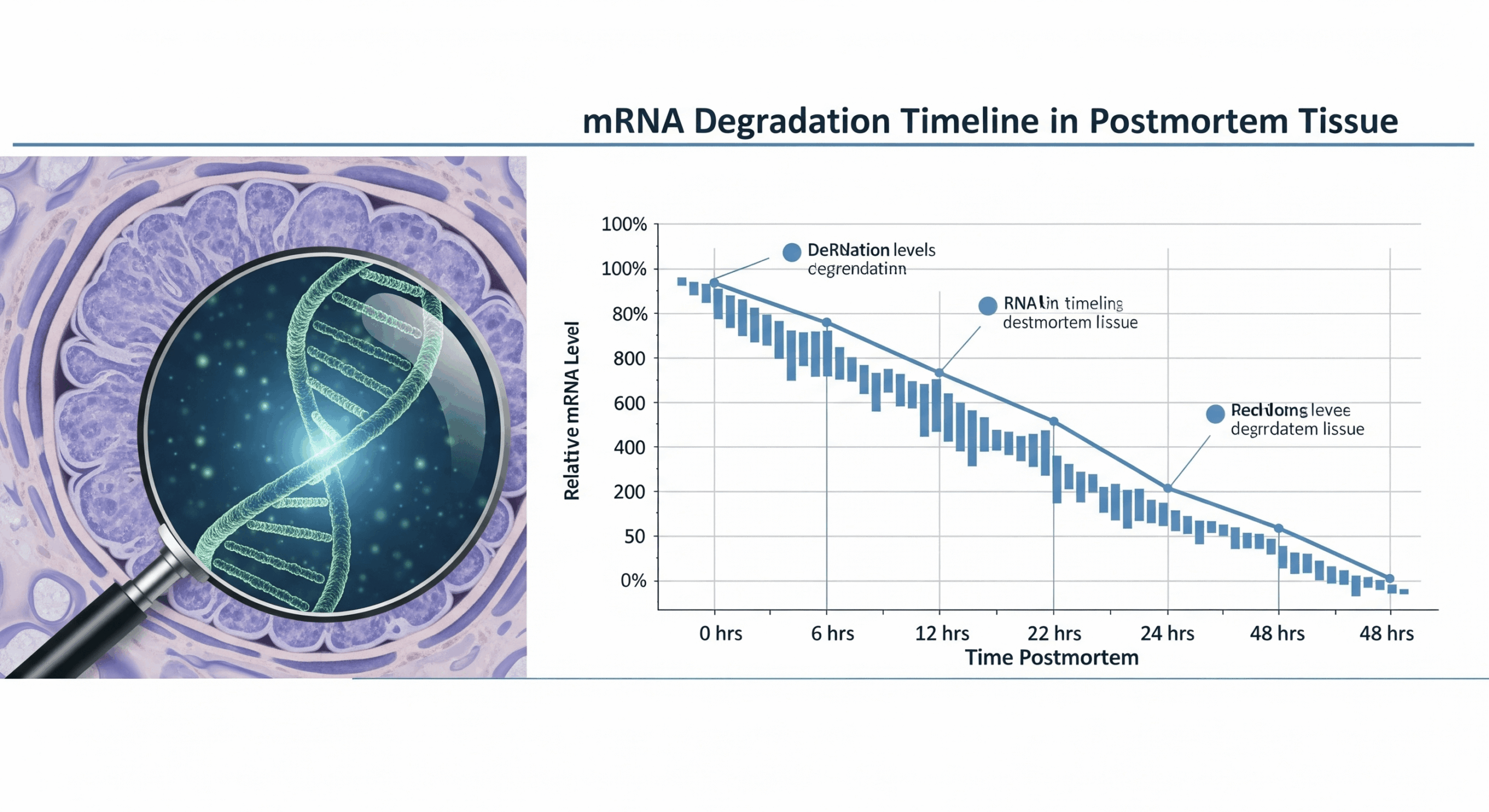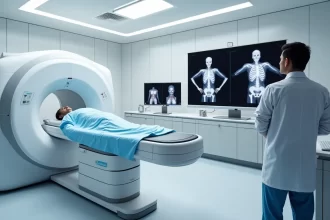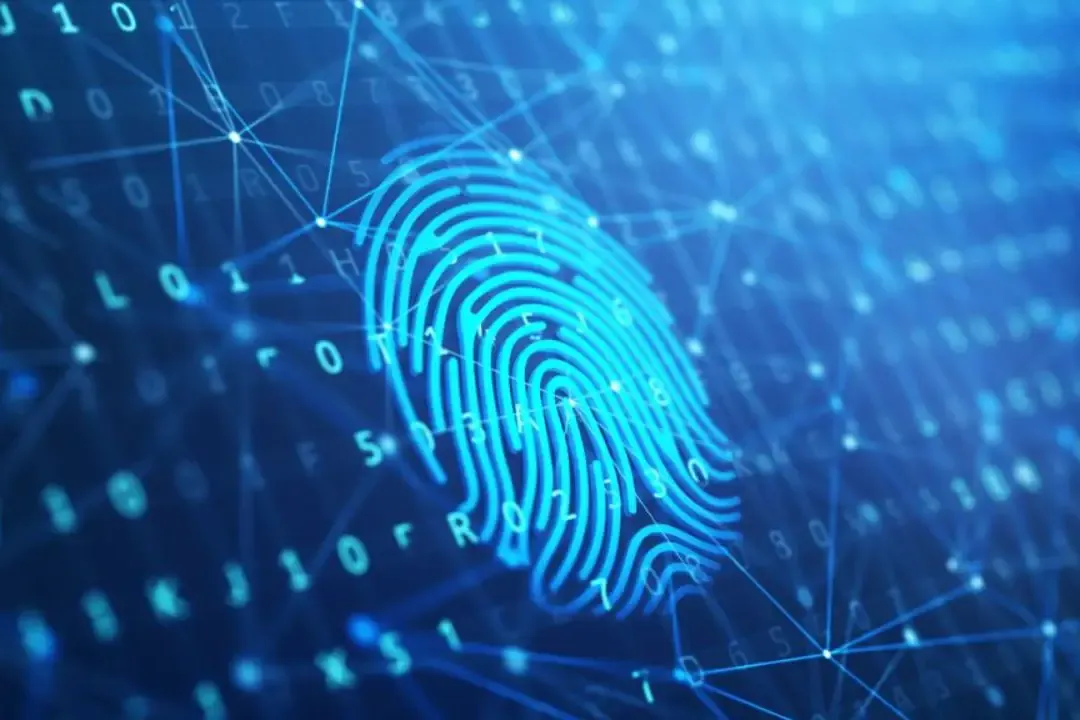In the intricate choreography of post-mortem changes, there exists a phenomenon that stands apart for its profound forensic implications: cadaveric spasm, also widely known as instantaneous rigor. Unlike the gradual onset of rigor mortis, cadaveric spasm occurs precisely at the moment of death, freezing the muscles in the exact position they held in the final seconds of life. It’s a compelling, often dramatic, indicator that can provide invaluable insights into the circumstances and manner of death, truly reflecting the subject’s last act.
This phenomenon is considered an ante-mortem event with post-mortem manifestations, meaning it is a physiological response occurring before or at the exact instant of death, whose effects are observable after death. The intensity of a cadaveric spasm can be remarkable, effectively “locking” muscles in place and creating a lasting impression of the individual’s last struggle, defensive action, or final conscious effort. For forensic investigators, recognizing and interpreting cadaveric spasm is paramount, as it can be a critical piece of the puzzle in determining the cause, time, and, particularly, the manner of death.
This article will delve into the underlying mechanisms of cadaveric spasm, distinguish it from other post-mortem stiffening, and explore the diverse circumstances in which it occurs, highlighting its critical role in medicolegal death investigations.
Differentiating Cadaveric Spasm from Rigor Mortis: A Crucial Distinction
To fully appreciate cadaveric spasm, it’s essential to understand how it differs from rigor mortis, a more common and well-understood post-mortem change. While both involve muscle stiffening, their onset and mechanisms are fundamentally distinct:
Rigor Mortis:

Cadaveric Spasm (Instantaneous Rigor):
Circumstances Predisposing to Cadaveric Spasm: Vital Forensic Clues
Cadaveric spasm is a relatively rare phenomenon, but its presence is highly significant for investigators. It is most frequently observed in situations involving extreme physical or psychological stress, violence, or sudden catastrophic death. These circumstances include:
- Drowning:
- Forensic Context: In cases of drowning, particularly in accidental or suicidal drownings, individuals may exhibit cadaveric spasm. This can manifest as the hands clenching objects found at the scene, such as weeds, sand, rocks, or branches from the bottom of a water body.
- Significance: Such findings provide crucial evidence

- Electrocution:
- Forensic Context: When a person is electrocuted, the passage of a high-voltage electrical current through the body can cause violent, tetanic contractions of muscles.
- Significance: If the individual dies during this contraction, the muscles can be locked in a cadaveric spasm. This is often seen with electrical wires or tools clenched tightly in the hands, indicating that the victim was holding the source of the electrical current at the exact moment of death. This provides direct evidence of electrocution as the cause and often the manner (e.g., accidental, suicidal).
- Extreme Muscular Exertion or Intense Emotion:
- Forensic Context: Sudden deaths precipitated by intense physical exertion (e.g., a strenuous athletic event, a struggle, or a violent assault) or overwhelming emotional stress (e.g., extreme fear, shock, or rage) can lead to cadaveric spasm.
- Significance: This can be observed in cases of sudden cardiac death during an altercation, where the deceased’s fists might be clenched tightly, suggesting a struggle or an aggressive act. It provides valuable context for the events immediately preceding death.
- Violent Disturbance of the Nervous System:
- Forensic Context: Catastrophic injuries to the central nervous system, particularly the brain or spinal cord, resulting from severe trauma (e.g., firearm wounds to the head, massive blunt force trauma, falls from great heights).
- Significance: The sudden, overwhelming disruption of neurological control can trigger a cadaveric spasm. For example, a weapon (like a firearm) might be found clutched in the hand of a victim of a fatal headshot, indicating the immediate nature of the injury. In cases of firearm wounds, this can help determine if the wound was self-inflicted (suicide) or involved a struggle.
- Specific Poisons:
- Forensic Context: While rare, certain potent poisons that cause extreme muscular convulsions or immediate neurological collapse can predispose to cadaveric spasm. Examples include cyanide and strychnine.
- Significance: The presence of instantaneous rigor in conjunction with other symptoms or findings suggestive of these poisons can be a strong indicator of their involvement as the cause of death, helping to guide subsequent toxicological analysis. Read Article “Decoding the Enigmatic World of Poisons: Understanding Types of Poison Classification“
- Suicidal Deaths:
- Forensic Context: In suicides involving a weapon (e.g., a firearm, knife, or razor), a cadaveric spasm can result in the weapon being found firmly clenched in the deceased’s hand.
- Significance: This is powerful evidence strongly supporting a self-inflicted injury, as it indicates the individual was holding the weapon at the precise"Precise" refers to the degree of closeness or consistency between multiple measurements or values taken under the same conditions. It indicates how well these measurements agree with each other, regardless of whether they are accurate Read Full Definition moment of death. It helps rule out foul play or a struggle, corroborating the manner of death as suicide.
- Accidental Deaths (e.g., Mountain Fatalities):
- Forensic Context: In accidents like falls from cliffs or mountain fatalities, the deceased may be found with branches, grass, or other ground cover clutched tightly in their hands.
- Significance: This suggests a struggle to break the fall or a desperate attempt to grasp something to prevent their descent at the very instant of death. It provides critical forensic evidence for reconstructing the circumstances of the accident and the position of the body at the moment of impact or death.
The Broader Forensic Implications of Cadaveric Spasm
The study of cadaveric spasm extends beyond merely identifying its presence. It offers a unique window into the physiological mechanisms of stress responses and the body’s final, desperate attempt to react to overwhelming stimuli. For forensic pathologists and anthropologists, it’s a piece of the puzzle that often confirms a violent or sudden end, providing a narrative that other post-mortem changes cannot.
While rare, its unequivocal nature means that when a cadaveric spasm is present, it provides exceptionally strong evidence for the circumstances immediately preceding and at the time of death, contributing significantly to:
- Determining Cause of Death: Direct evidence of struggle, electrical contact, or weapon use.
- Estimating PMIThe post-mortem interval (PMI) is the time that has elapsed since an individual's death. When the time of death is not known, the interval may be estimated, and so an estimated time of death is established. Read Full Definition: Confirms death at the moment of the observed action.
- Establishing Manner of Death: Crucial in differentiating between accident, suicide, homicide, or natural death.
- Reconstructing the Crime Scene: Helps establish the victim’s position or interaction with objects at the moment of death. Learn more in the article “Crime Scene Reconstruction: Unveiling the Truth behind the Puzzle“.
Conclusion: Cadaveric Spasm – A Definitive Signpost in Death Investigation
Cadaveric spasm, or instantaneous rigor, is a compelling and forensically significant phenomenon. Unlike the gradual processes of rigor mortis or decomposition, it captures a body’s final action with startling clarity, providing an immediate and unequivocal snapshot of the moment of death. Its presence offers vital clues as to the cause, manner, and precise circumstances surrounding a fatality, particularly in cases involving violence, trauma, or extreme stress.
For the diligent forensic investigator, the recognition and careful documentation of cadaveric spasm are paramount. It serves as a silent, yet powerful, witness to the final struggle or act of a deceased individual, significantly aiding in the reconstruction of events and the pursuit of justice. By understanding this unique ante-mortem phenomenon with its profound post-mortem implications, forensic science
Key Points
- Cadaveric Spasm Definition: Cadaveric spasm, also known as instantaneous rigor, occurs at the moment of death, freezing muscles in the final position and providing crucial forensic information about the circumstances of death.
- Distinction from Rigor Mortis: Unlike rigor mortis, which develops gradually after death due to biochemical changes, cadaveric spasm happens immediately and reflects the last muscular action of the deceased.
- Circumstances Predisposing to Cadaveric Spasm: Cadaveric spasm is typically observed in cases of drowning, electrocution, extreme physical exertion, nervous system trauma, poisoning, suicide, accidental falls, and violent disturbances, providing critical forensic clues.
- Forensic Significance: The presence of cadaveric spasm helps determine the cause, manner, and timing of death by indicating struggle, injury, or specific circumstances present at the moment of death.
- Broader Forensic Implications and Conclusion: Cadaveric spasm offers invaluable insights into stress responses and final actions, aiding in event reconstruction and emphasizing its importance as a definitive sign in death investigations.



